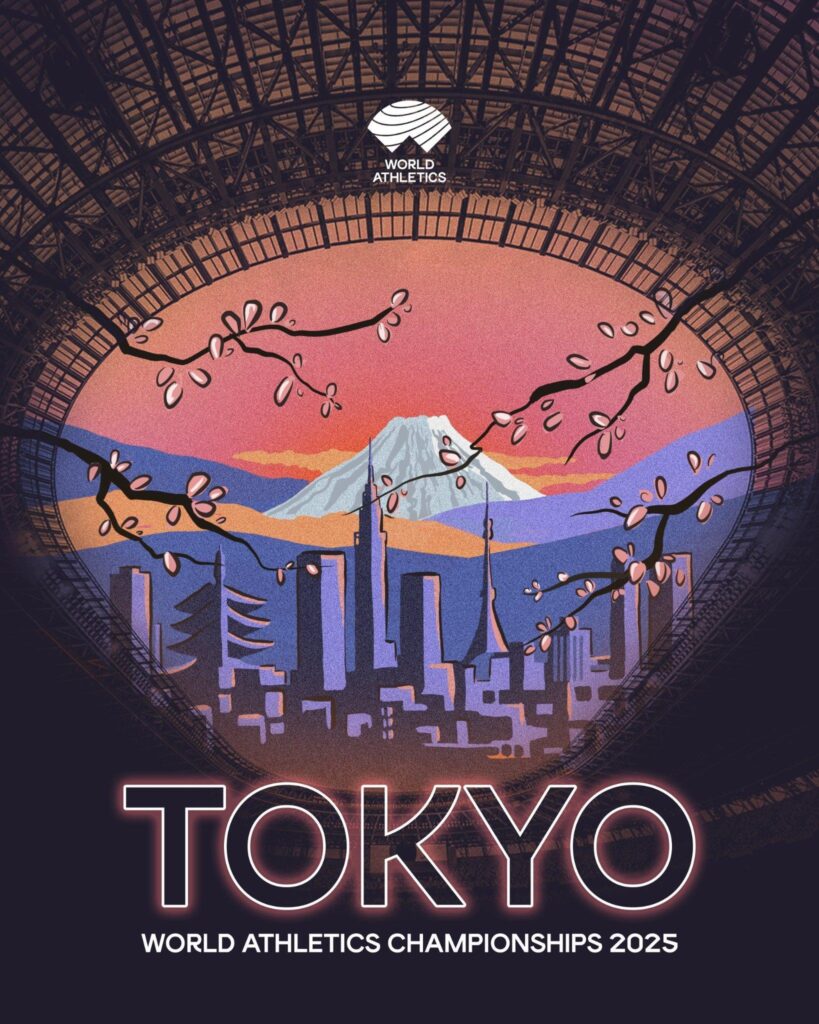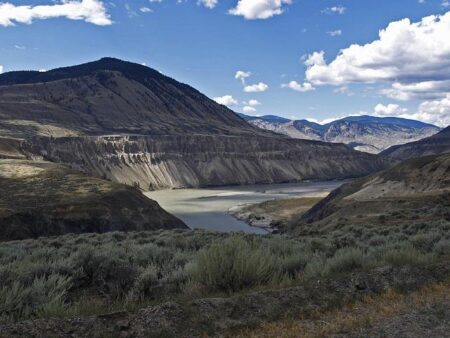As temperatures soar in Tokyo, concerns are mounting over the impact of the intense heat on athletes competing at the World Athletics Championships. With record-breaking highs and humidity levels reaching uncomfortable peaks, questions arise about the safety and performance of participants in one of the sport’s premier global events. This article examines whether the current weather conditions are pushing the limits and what measures organizers and athletes are taking to cope with the challenging environment.
Heat Challenges Impact Athlete Performance in Tokyo World Athletics Championships
Athletes competing in Tokyo have been grappling with oppressive heat and humidity levels that have pushed their physical endurance to the limit. The relentless climate conditions-marked by daytime temperatures soaring above 35°C combined with high humidity-have led to increased risks of dehydration and heat exhaustion. Coaches and sports physiologists emphasize adjustments in training regimens, including enhanced hydration protocols and acclimatization strategies, to help athletes sustain peak performance amid these extreme environmental stresses.
Key factors affecting athlete performance include:
- Elevated core body temperatures impacting muscle efficiency
- Reduced oxygen uptake and increased cardiovascular strain
- Heightened risk of heat-related illnesses such as cramps and heatstroke
- Altered pacing strategies to conserve energy under adverse conditions
| Event | Average Temperature (°C) | Humidity (%) | Impact on Athletes |
|---|---|---|---|
| Marathon | 34 | 78 | Slower times, increased fatigue |
| Track Sprints | 36 | 72 | Heatstroke risk, altered warm-up routines |
| Decathlon | 33 | 80 | Energy management challenges |
Organizers Implement Safety Measures to Combat Extreme Temperatures
In response to soaring temperatures expected throughout the Tokyo World Athletics Championships, organizers have rapidly rolled out a comprehensive suite of safety protocols aimed at protecting athletes, staff, and spectators. Key interventions include the installation of misting stations strategically placed around the venue, increased availability of shaded rest areas, and the distribution of electrolyte-infused beverages to prevent dehydration. Medical tents staffed with specialized heatstroke response teams have also been expanded to ensure immediate care if necessary.
Additional safety initiatives implemented:
- Event schedules adjusted to cooler early morning and late evening slots
- Mandatory heat acclimatization sessions for participants
- Real-time temperature monitoring displayed prominently throughout the venue
- Educational campaigns promoting heat illness awareness
| Safety Measure | Details | Target Group |
|---|---|---|
| Misting Stations | Over 20 units across stadium | Athletes & Spectators |
| Rescheduled Events | Shifts to morning/evening | All Participants |
| Electrolyte Drinks | Free distribution points | Athletes |
Experts Advise Hydration and Cooling Strategies for Competitors
With temperatures soaring well above average for this time of year in Tokyo, sports scientists and medical experts are urging athletes to adopt rigorous hydration and cooling practices to maintain performance and safety. Competitors are being advised to consume electrolyte-rich fluids before, during, and after events to combat dehydration. Additionally, pacing strategies are being modified to accommodate the extreme heat, with many athletes incorporating short cooling breaks using ice towels, mist sprays, and shaded recovery zones positioned strategically around the competition venues.
Key recommendations from experts include:
- Pre-event hydration: Drink 500ml of fluids two hours prior to competing.
- In-event cooling: Use ice packs and mist fans whenever possible.
- Post-event recovery: Prioritize rehydration with balanced electrolyte drinks.
- Clothing choices: Lightweight, breathable fabrics with UV protection.
| Hydration Strategy | Recommended Amount |
|---|---|
| Before Competition | 500ml (2 hours prior) |
| During Competition | 150-250ml every 15-20 mins |
| After Competition | 1L within 2 hours |
Audience Experience and Event Scheduling Adjustments Amid Rising Heat
Spectators at the Tokyo World Athletics Championships have reported a mix of excitement and discomfort as soaring temperatures challenge traditional event routines. Organizers have taken proactive steps, such as distributing free cooling towels and increasing the number of hydration stations around the stadium to combat heat-related issues. Despite these measures, several fans shared feedback about the sweltering conditions, emphasizing the importance of additional shade structures and extended break times to enhance overall comfort during long event hours.
To mitigate the impact of the heat on athletes and audiences alike, a notable shift in scheduling has been implemented. Key races and marquee events are now slated for earlier mornings or later evenings when temperatures are naturally cooler. The revised timetable has been summarized below:
| Event | Original Time | New Time Slot |
|---|---|---|
| Marathon | 13:00 | 06:30 |
| 100m Finals | 15:00 | 18:30 |
| Long Jump | 14:00 | 19:00 |
- Enhanced cooling zones placed around spectator areas
- Increased medical staff ready to assist heat-affected attendees
- Real-time weather alerts delivered through the official event app
Closing Remarks
As the Tokyo World Athletics Championships progressed under sweltering conditions, concerns about athlete safety and performance remained at the forefront. Organizers and medical teams have implemented measures to mitigate the heat’s impact, but the debate over hosting major events in extreme climates continues. Moving forward, the intersection of global sports and rising temperatures will require careful planning to ensure the wellbeing of competitors and the integrity of the competition.





